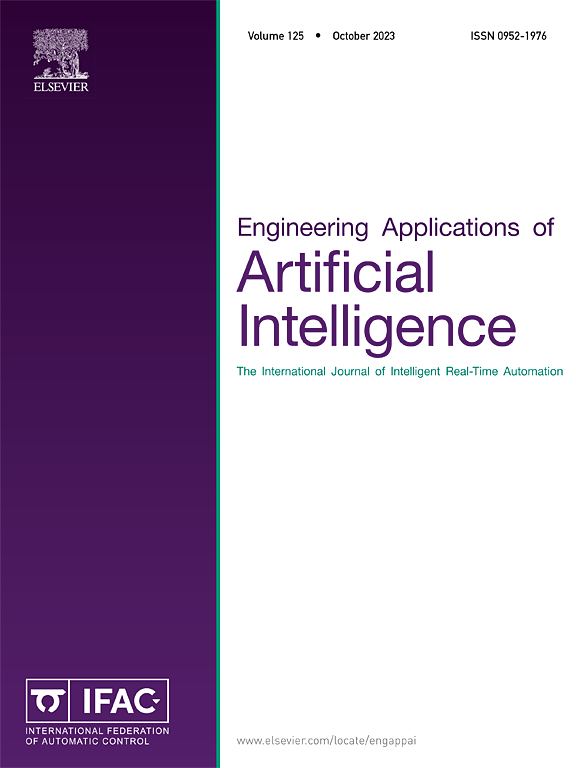Polarization-based Camouflaged Object Detection with high-resolution adaptive fusion Network
IF 7.5
2区 计算机科学
Q1 AUTOMATION & CONTROL SYSTEMS
Engineering Applications of Artificial Intelligence
Pub Date : 2025-02-17
DOI:10.1016/j.engappai.2025.110245
引用次数: 0
Abstract
In comparison to traditional object detection or segmentation tasks, Camouflaged Object Detection (COD) poses greater challenges, as humans are often perplexed or deceived by the inherent similarities between foreground objects and their background surroundings. Polarization information serves as a valuable asset for discerning the attributes of objects with varied characteristics and surface texture. Taking inspiration from the polarization vision systems observed in animals, this study presents the High-Resolution Intensity & Polarization Fusion (HIPF) Net, a high-efficiency cross-modal fusion network that leverages trichromatic intensity and linear orthogonal polarization cues to produce a scene representation that is rich in texture and edge details. Specifically, the Early Adaptive Stokes Fusion (EASF) module maximizes the utilization of information from linear orthogonal polarization images. Subsequently, the Mix-Attention Feature Interaction Module (MAI) is introduced to facilitate complementary interaction among low-level features. Additionally, the Attentional Receptive Field Block (ARFB) enables the model to uncover concealed cues effectively, capturing objects of various sizes. Finally, the Weighted Cross-Level Decoder(WCFD) is designed to dynamically fuse and assign weights to cross-level contextual information for robust detection. Training and extensive validation of our model are performed on the polarization-based dataset as well as non-polarization-based datasets, with experimental results demonstrating that HIPFNet consistently outperforms state-of-the-art methods. Source codes are available at https://github.com/CVhfut/HIPFNet.
求助全文
约1分钟内获得全文
求助全文
来源期刊

Engineering Applications of Artificial Intelligence
工程技术-工程:电子与电气
CiteScore
9.60
自引率
10.00%
发文量
505
审稿时长
68 days
期刊介绍:
Artificial Intelligence (AI) is pivotal in driving the fourth industrial revolution, witnessing remarkable advancements across various machine learning methodologies. AI techniques have become indispensable tools for practicing engineers, enabling them to tackle previously insurmountable challenges. Engineering Applications of Artificial Intelligence serves as a global platform for the swift dissemination of research elucidating the practical application of AI methods across all engineering disciplines. Submitted papers are expected to present novel aspects of AI utilized in real-world engineering applications, validated using publicly available datasets to ensure the replicability of research outcomes. Join us in exploring the transformative potential of AI in engineering.
 求助内容:
求助内容: 应助结果提醒方式:
应助结果提醒方式:


